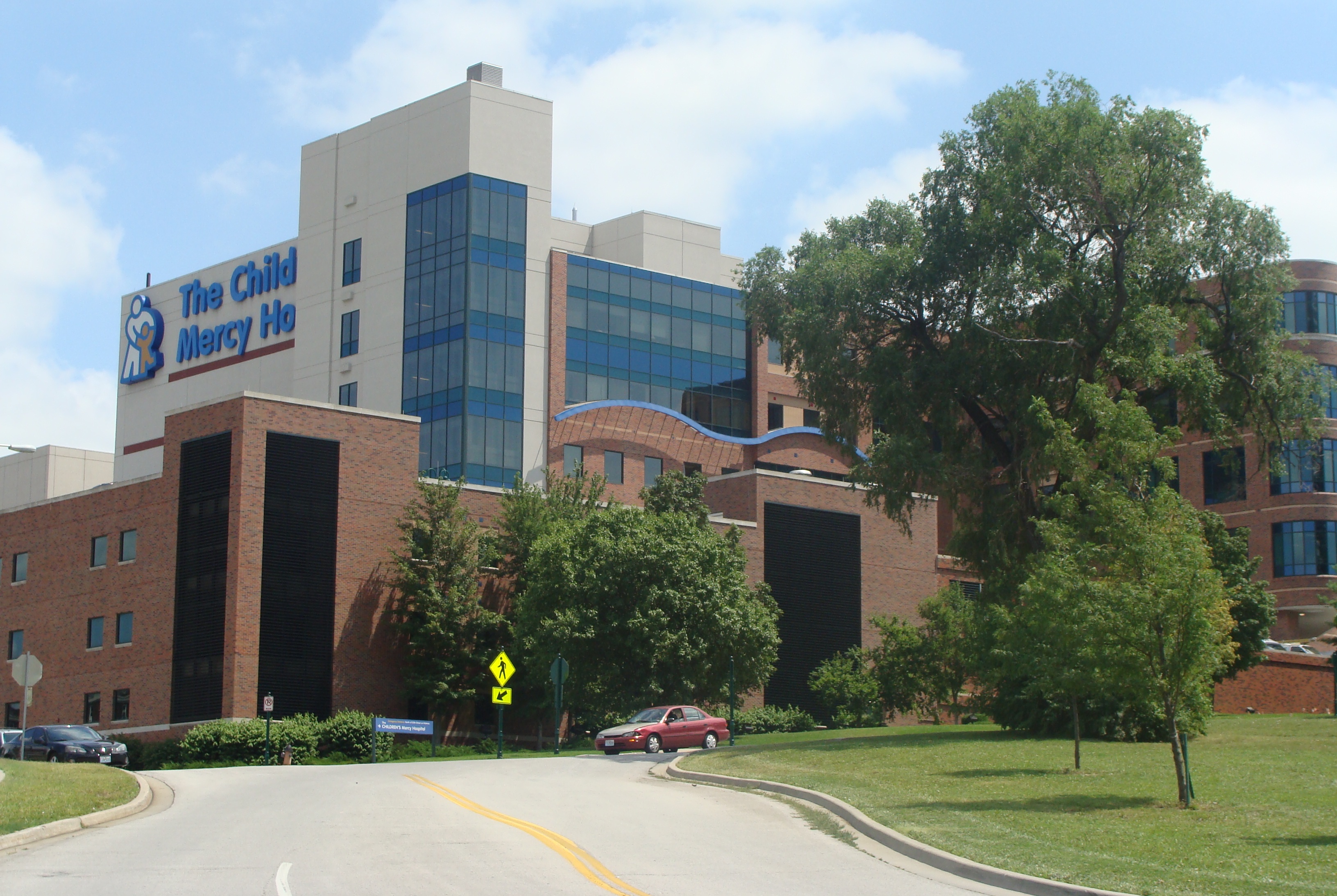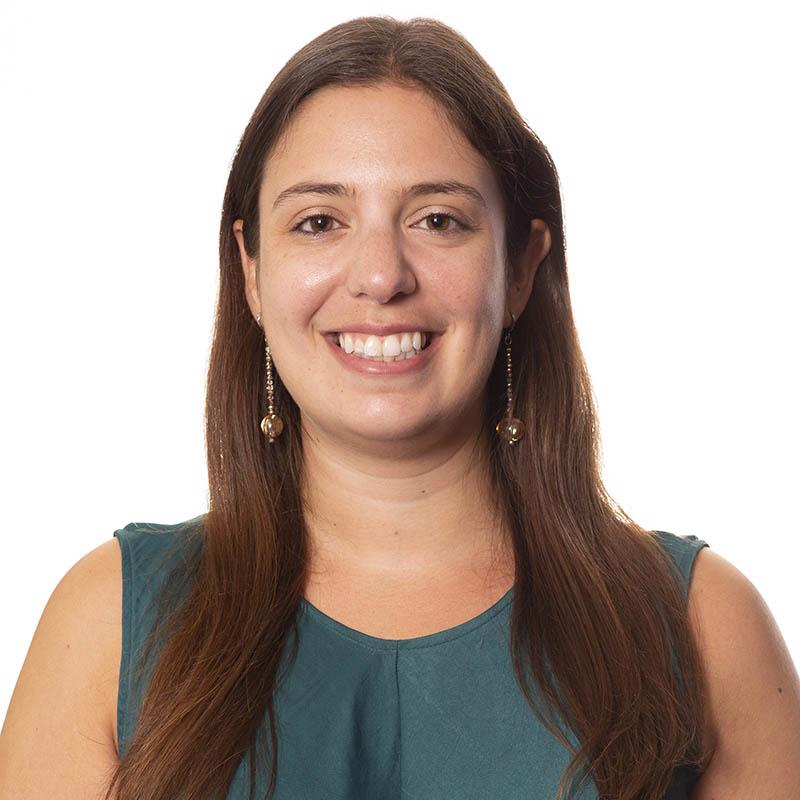
Children’s Mercy Research Institute's ambitious Genomic Answers for Kids project uses PhenoTips to compile powerful, standardized patient and family information in a way that is integrated and easy for all to use.

Children’s Mercy Hospital is an expert hub for pediatric care for the wide region that includes Kansas, Missouri, and neighboring states. Established in 1897, the non-profit, independent hospital is repeatedly ranked one of the best children’s hospitals in the country by U.S. News. The hospital system, which employs almost 8,000 people and includes over 40 pediatric subspecialities, is divided into multiple regional centers, including Adele Hall, the main campus and the home of Children’s Mercy Research Institute.
Children’s Mercy Research Institute brings together nationally recognized experts to form multidisciplinary teams working together to accelerate the development of groundbreaking treatments and individualized therapies. Genomic Answers for Kids (GA4K) is one of the institute's research initiatives, a massively ambitious undertaking to build a first of its kind pediatric data repository to find answers and novel treatments for all pediatric disorders. Over a period of seven years, GA4K aims to collect the health information of 30,000 children and their families, building a database of nearly 100,000 genomes that will help facilitate rare disease diagnosis and end diagnostic odysseys.
Dr. Ana Cohen is a laboratory geneticist and member of the GA4K research team with a focus on the analysis and interpretation of genomic variants detected among pediatric rare disease patients. Dr. Cohen’s role in GA4K is the investigation of additional strategies for diagnostic success in rare diseases.
Undertaking such an ambitious and unique research initiative presented a series of challenges. Not only would a data repository of this size require a robust storage system capable of capturing the clinical and genomic data from tens of thousands of individuals, the large team of GA4K researchers, as well as other clinicians and researchers who contribute to the project, must be able to access and collaborate seamlessly on the database, regardless of their geographic location.
Since the project’s inception in 2019, over 3,000 patients and their family members have joined the study. GA4K employs multiple sequencing strategies and filters each patient’s expansive genomic data initially for technical noise and against public databases, and finally with clinical information to determine which detected rare variation is causative. This additional clinical information includes family history, which can help point to the mechanism of disease and inform family planning, and phenotype data which can be compared with genotype data to guide diagnosis.
With this in mind, the GA4K project required a software system capable of capturing and storing clinical data from 30,000 patients in formats that were machine readable and rare disease focused, so that variant prioritization tools could combine phenotypic data with genomic data to identify causative variants.
In addition, the data captured needed to be standardized and optimized for collaboration, since the large GA4K and wider Children’s Mercy team must work together as a team to build the ambitious database. GA4K also prioritized data sharing, as the team felt it imperative that the wider rare disease research community have access to the database in order to work together to accelerate diagnosis. Therefore, the team required a solution that would enable deidentification of patient data and facilitate collaboration, both within the large Children’s Mercy-based team and with the global rare disease community.

PhenoTips is helping us pull all of this together in a way that is integrated and easy to use for everyone.
For GA4K and Children’s Mercy Hospital, the solution was simple. PhenoTips provided the groundbreaking research initiative with a digital solution designed for rare disease research and care that was capable of capturing and storing a wealth of patient data in standardized, machine readable formats as well as enabling internal and external collaboration.
Thanks to PhenoTips, the GA4K team and referring clinicians were able to capture two main types of standardized clinical data that are imperative companions to sequencing information: family history and phenotypic information.
“Family history is really critical and I feel It's one of the oldest things that has shown to be powerful in establishing a genetic origin of disease from the oldest days of genetic descriptions and papers up to now,” says Dr. Cohen, adding that “the family history really helps us both include and exclude variants.”
In addition to capturing annotated family history in pedigree charts, PhenoTips allowed GA4K researchers and referring clinicians to annotate clinical features with detailed phenotypic information using the Human Phenotype Ontology (HPO).
“We have a very clinically diverse cohort, we have a very broad recruitment strategy of accepting any child that has any disorder that is suspected to be of genetic origin,” says Dr. Cohen. “Because of this diversity and because of how broad the recruitment is, it is really imperative that we have some sort of universal coding for these phenotypic features, and that's where HPO terms come into play.”
As a standard vocabulary of phenotypic abnormalities, the HPO contains over 13,000 branched terms annotated to over 156,000 hereditary diseases. Each term independently describes a clinical abnormality and can range from general to specific, relating to multiple parent terms in a non-hierarchical structure.
“It's not only the actual phenotypes that are annotated, each of these phenotypes is then associated with diseases and genes,” notes Dr. Cohen. “This is a very powerful way to annotate the features in these patients and to also pull information that will link to the genetic data.” Not only did PhenoTips’ intuitive HPO database support the genotype-phenotype filtration invaluable for reaching diagnosis, the extra ease of standardization supported the collaborative efforts that form the backbone of the GA4K project.
As Dr. Cohen states, with such a large research team and even larger team of collaborators and referring clinicians, “there needs to be a standardized way to make sure everyone is saying the same thing in the same manner.”
Designed for collaboration, PhenoTips also supported GA4K’s teamwork by allowing multiple users to contribute to a single, centralized database, and making deidentification and sharing with the wider research community simple and effortless.
With PhenoTips’ complete suite for genomic medicine, the GA4K team was able to build a database capable of capturing the clinical family history and phenotype data for 30,000 patients and their families, optimized for collaboration, matchmaking, and sharing with the rare disease research community.
In addition to being a powerful tool for data capture and management, Dr. Cohen remarks on the ease with which the team can access and collaboratively work on their PhenoTips instance, which is integrated with Children’s Mercy Hospital’s Cerner EMR.
“PhenoTips is helping us pull all of this together in a way that is integrated and easy to use for everyone,” she says. “And not just that, it supports the idea that this is done by a team.”
Read the results of PhenoTips’ application in Genomic Answers for Kids in the analysis of a cohort of 960 families with suspected genetic disorders
Read the 2022 Cohen et al. paper in Genetics in Medicine “Genomic answers for children: Dynamic analyses of >1000 pediatric rare disease genomes”.
“For example,” she adds, “we can have any of our recruitment team fill out the patient identifiers and basic information on the patient, then we can have a clinical expert fill out the indication for referral and phenotypic features for different individuals in the family.”
When it comes to capturing clinical information, the GA4K team found PhenoTips’ tools for inputting HPO coded phenotypes and building pedigree charts to be powerful and extremely helpful, especially since PhenoTips’ tools work together to reduce re-entering workloads and guide diagnosis.
For example, when drawing a family’s pedigree Dr. Cohen notes that “you can annotate each of the patients individually for what features they have, and this is connected to HPO terms that are coding those features, as well as all this connecting with genotype information.”
For genotype information stored in PhenoTips, she adds, “one step further is that you can annotate whether a variant is truly a causative variant, or if it's just a candidate variant. [You can specify] what your suspicion is.”
GA4K is not the only team using PhenoTips at Children’s Mercy Hospital, making collaboration between the referring clinicians and the GA4K team effortlessly smooth. Dr. Cohen notes that many of the Children’s Mercy pediatric subspecialities, in particular genetics subspecialities, have embraced PhenoTips, which makes the transfer of referred patients’ clinical information extremely simple.
"Another aspect that we really like, that just shows how easy PhenoTips is to use, is that a lot of our patients are seen in the clinic and may undergo clinical testing first before deciding whether to enroll in our research program,” Dr. Cohen explains. “A large part of the clinical team also uses PhenoTips to capture the clinical features and the family history and then that can easily be transferred over to our research repository, which is really smooth and makes everyone's lives easier.”
Although some participants have already reached a life changing diagnosis thanks to GA4K, because of the rare nature of the participants’ diseases it’s important to the GA4K team that collaboration goes beyond the walls of Children’s Mercy Hospital. Thanks to PhenoTips, the project supports collaboration on a global scale, which Dr. Cohen and the team hope will accelerate diagnosis by allowing additional researchers to recognize similar combinations of genes and phenotypes and their own cohorts.
“We have managed to create a web-hosted version of our studies’ PhenoTips instance that is completely de-identified, but still captures all the phenotypic information, and the pedigrees, and the rare variants that are associated with those, so that we can share this information with the wider research community,” says Dr. Cohen. “We are really excited about this because we feel that sharing genetic variation is great, but without the context of where that variation was discovered, it is not as applicable to others.”
See the power of standardized symptom capture and effortless collaboration
Request a Demo